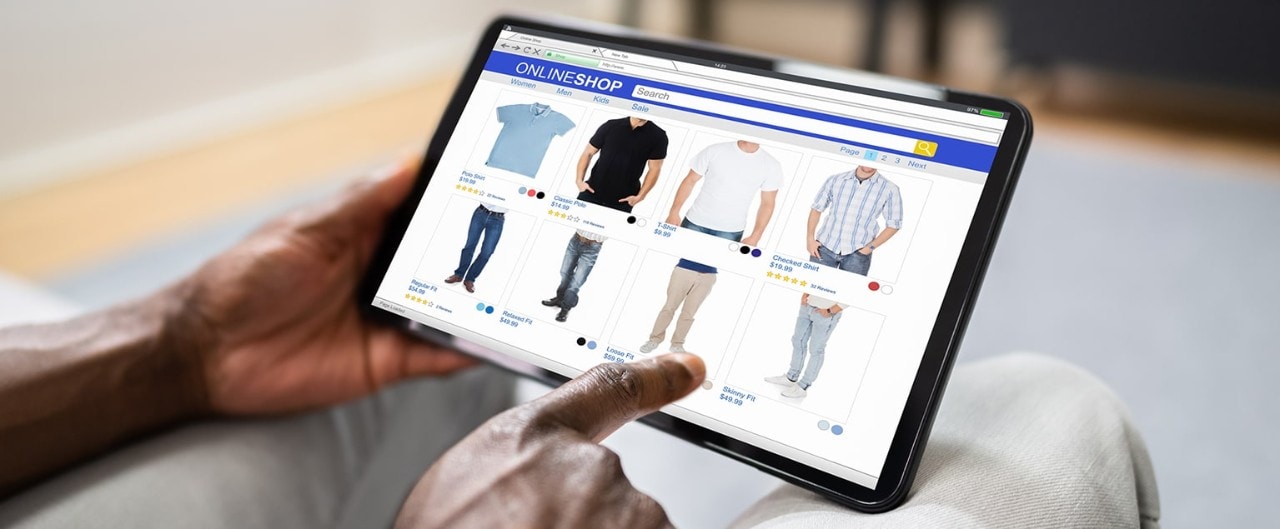

Cross-selling and up-selling to increase sales
Both cross-selling and upselling can be useful methods for increasing your business’s sales. But there are also genuine benefits for your customers. They’ll appreciate being offered an item that either complements or adds value to their original purchase.
The art of cross-selling
Cross-selling is the art of convincing your customers to buy a complementary item to go with their main purchase. It’s been most famously explained with the words ‘would you like fries with that?’.
When deciding what items to cross-sell, look at what you can add to a sale to increase your profit margins, but also keep your customers’ needs uppermost in your mind.
Common cross-selling techniques
Although certain methods of cross-selling are largely dependent on what kind of product or service you’re offering, there are some basic, tried-and-true techniques that can be applied to almost every business.
Getting the hang of cross-selling and making a habit of it are essential if you want to increase your sales and provide additional benefits to your customers.
An important part of successful cross-selling is to be prepared. It’s not something you should improvise. Think about the products or services you’re offering and plan in advance the ones you can sell together. What you’re offering as a cross-sell should be cheaper than the original purchase.
Some of the best and easiest ways to cross sell are:
- Bundling products together, where it’s compulsory to buy more than one item.
- Incentivize customers to spend just a bit more in return for a reward. For example, free delivery, volume discounts or complementary products or services are cheaper.
- Combine products and services. This is a great method if the primary part of your business does one thing, but you can complement it with the other.
- Complementary add-ons. Suggest to your customers that what they’ve just bought would be so much better with another product – one that they will, in fact, need at some point. Or ‘buyers that bought these items, also bought these’. Amazon wouldn’t be the same if you weren’t offered suggestions of what else to buy. The key is that increasingly customers don’t actually mind.
The key to upselling
Upselling is a slightly different selling technique, where you’re aiming to convince your customers to purchase a more expensive item, or to upgrade to the next product (or service). Quite often you’ll be informing your customers of other options that they may not have even considered, with the aim of selling more and maximizing your profits.
Common upselling techniques
In restaurants and cafés upselling is commonplace and an accepted way of conducting business. Customers generally view it positively – which is an important point to note.
Some techniques you might consider when upselling include:
- Preparing your website so prior to each customer reaching the checkout, they are offered a comparative item (one that’s the next price level up). Highlight the features and benefits of upgrading in this instance.
- Listening to your customers and pick up key information like how much they’re willing to spend, what they’re looking for, and which products or services they’re more interested in.
- Providing two or three options, each at a higher price, allowing the customer to choose what price they’d like to pay.
- Stocking or having access to higher priced items.
Use your experience and confidence
Cross-selling and upselling are selling techniques that you’ll get better at the more you try them. As you gain experience and confidence, you’ll get a feeling for when cross-selling or upselling opportunities present themselves.
Summary
Learning the arts of cross-selling and upselling isn’t something you should ignore. They’re essential marketing tools and highly effective ways of increasing your sales, and inevitably, your profits.
Always keep in mind the benefits you can offer to your customers and invest in staff training to help them execute.